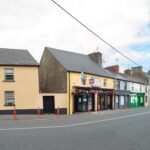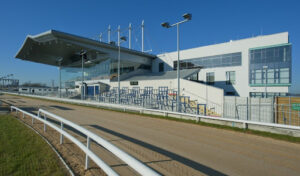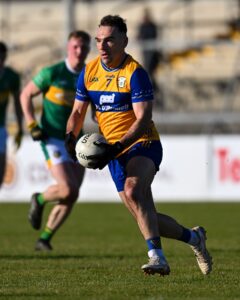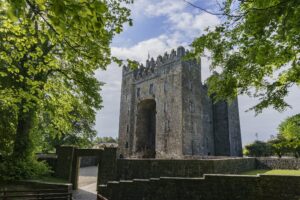Ennis journalist Cian O’Broin continues his series with 1969, looking at some significance in Clare’s history.
Oyster Boat Tragedy:
Our first piece of news takes us down a dark and windy road all the way up to New Quay, County Clare. The height of summer in 1969 was marked with great tragedy when an oyster boat capsized, taking the lives of nine children. Distressed locals congregated in large numbers for days on end following the accident on June 29th, hoping for some miracle as rescue attempts were launched. The story takes a darker turn, with the advent of the new boat initially being a cause for celebration within the parish. The priest even blessed the boat at a coming together organised for the local community. Ironically, people were brought together under unfortunate circumstances. A group of schoolgirls begged the captain to take them on board following the closure of the celebrations. Over forty more like minded individuals jumped on and the boat set sail around the bay. A turn in weather conditions impeded the boat from returning to land and panic began to set in amongst those on board as the bow began to flood. Seconds later brought pandemonium with the boat capsizing. Quick witted locals with access to boats immediately took action picking up any stragglers whilst those competent enough, swam to shore. Despite the heroic acts of the people of New Quay, nine children failed to make it home that day. A sad day for Clare indeed.
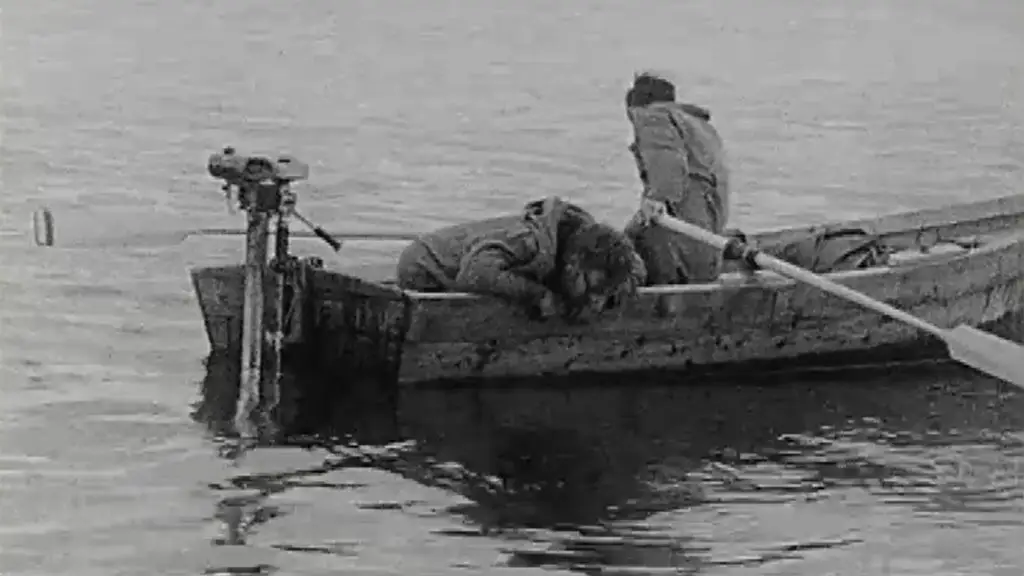
Ennis Friary:
Ennis is a town with an abundance of local history. Whether it’s tales of local individuals in the heart of the town or the many historical buildings that have stood the test of time, there is a rich history here. We are all familiar with the Ennis Friary, its imposing structure marking the outskirts of the central town itself. It was built in the 13th century by the O’ Brien Family, their roots sown deeply into the history of the town. During the 17th century it was handed over to the Church of Ireland as a place of worship, where it served that function until the 19th century whereby it fell into ruin. The Friary itself has witnessed great changes in the landscape of Ennis as well as its various semantic meanings and purposes, acting as a great learning hub for scholars as well as standing tall during times of religious persecution in Ireland. Finally, in 1969 the Church of Ireland agreed to return the Friary to the Franciscans out of good faith labelling it as an ‘ecumenical gesture’.
Clare Youth Service Founded:
Clare is renowned for its young vibrant community with numerous primary and secondary schools honing big numbers speckled across the county. Our underage sporting community is something we cherish with great pride regardless of the shape of ball, stick or footwear put to use. 1969 saw the origins of the Clare Youth Service in the county, devised as a way of organising activities, education and training to the young people of Clare. Initially identifying as Clare Regional Youth Council, programmes were designed to reintegrate young people into education. From the beginning there was an impetus on upskilling the youth of County Clare both in terms of a hands-on approach as well as a theoretical one. Participants took workshops in a number of disciplines ranging from cookery, woodwork and sewing to classes in English, Irish and Maths. This newly established foundation paved the way for the youth of Clare in 1969, adding to the efforts of Clarecare set up the previous year. Nowadays, Clare Youth Service bolsters sixty-eight clubs throughout the county, helping over three thousand young people. The future generation has always been of great importance to the people of Clare.

Last of the Telephonists:
The end of the sixties saw Clare progress leaps and bounds in the technological scene. It may seem ubiquitous today but in 1969 a simple telephone call was far from ‘simple’. A telephonist manually operated a switchboard to push your call through to the other side. A task requiring a great degree of integrity as well as aptitude. In 1969 Ennis’s last nine telephonist girls moved on to work in Limerick and Tipp as automatic telephone exchange graced parts of the county. Ennis, Corofin and East Clare made the transition whilst West and North Clare were still using the old system. In typical fashion, a celebration was organised at the Queens Hotel to honour the dutiful work carried out by the ladies. Mr. Sean O’ Shea commended their contribution as trade unionist and the overall contribution of both the indoor and outdoor staff at Ennis Post Office. Those tired and lonely telephone boxes we see around the county once served as an essential means of communication. In 1969 they were termed as a ‘coinbox’ and a special prefix was added to reach different counties. Something we now take for granted required such a refined human element to it.
Check back for the next edition as we make our way into the ‘groovy’ seventies!


